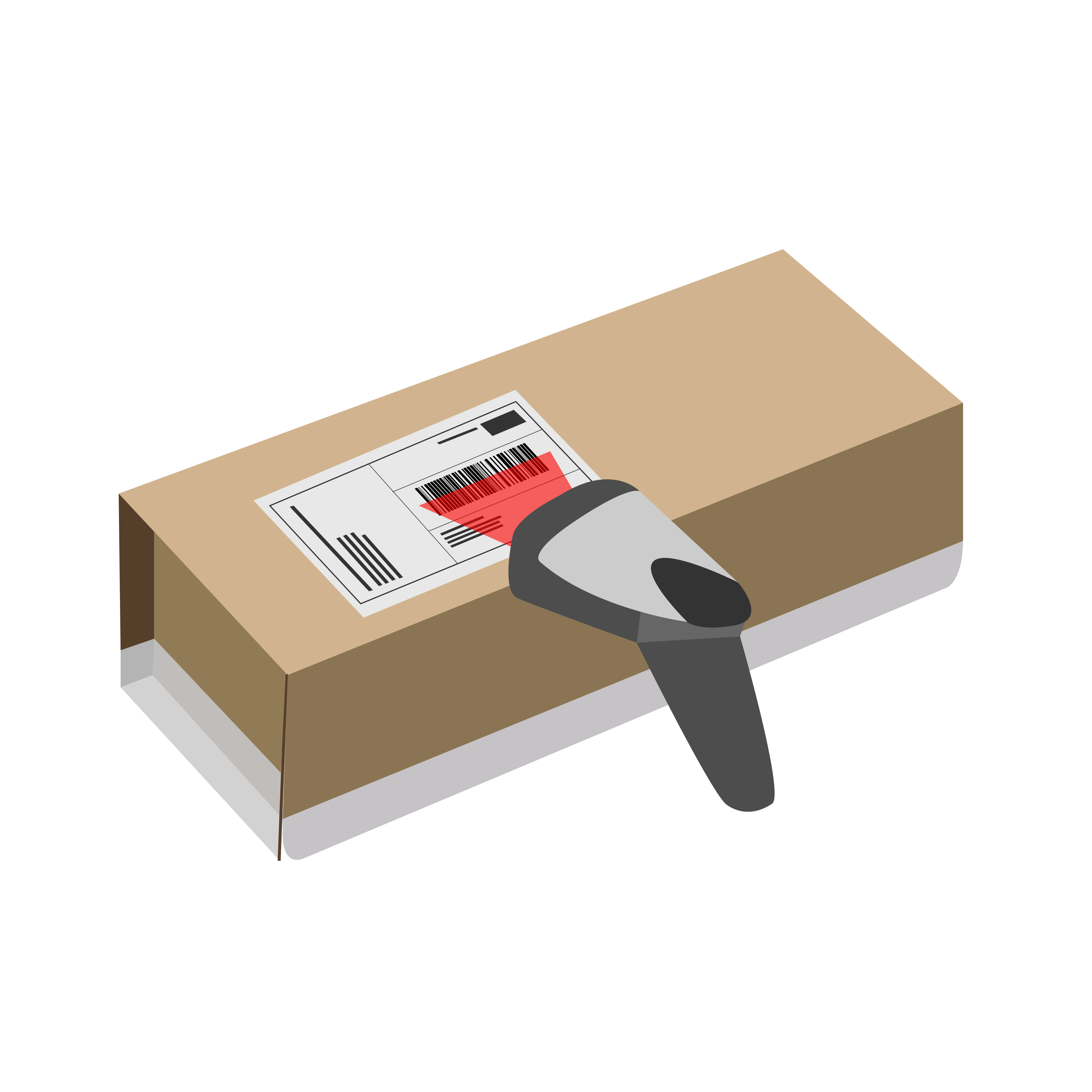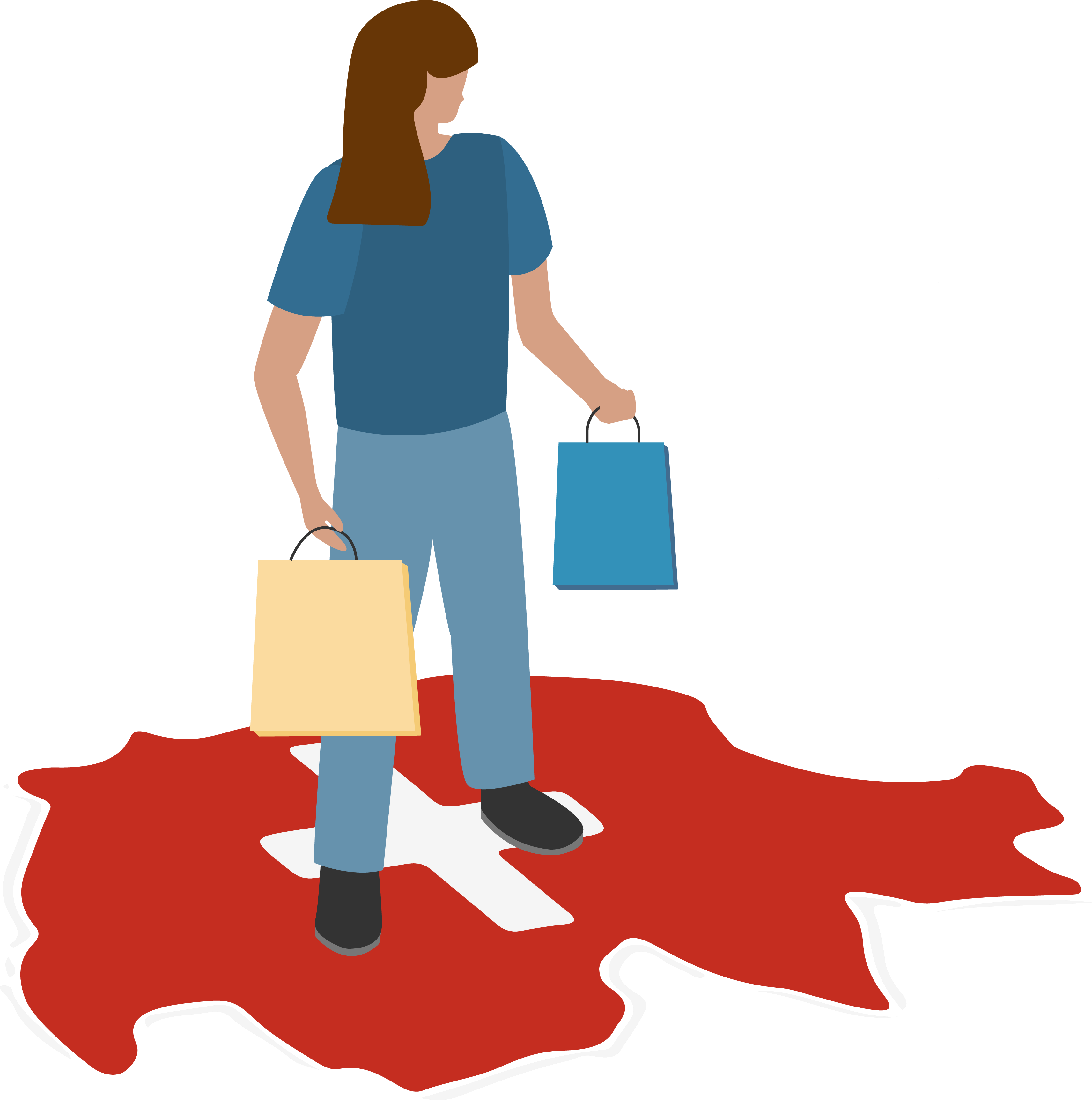Swiss customs allowance for fashion retailers - Save costs when exporting to Switzerland

Optimising customs costs can be crucial to the success of fashion retailers
The sales volumes in Switzerland are roughly equivalent to those that fashion suppliers sell across borders in France. So far, so good. But how can fashion retailers benefit from Swiss customs allowance optimisation, and what do you have to consider when exporting to Switzerland?
Further advantages for cross-border e-commerce to Switzerland include the margins, which are high thanks to bulging shopping baskets and higher prices, as well as the fact the Swiss tend to return fewer products.
But like everywhere else, there is also a catch when importing into Switzerland: the customs duties. Switzerland is not a member of the EU and therefore every shipment must be cleared through customs. You can find everything you need to know about Switzerland's general customs regulations in our blog post.
Industrial tariffs were abolished in Switzerland on 1 January 2024. These customs duties, averaging CHF 2.- to CHF 5.- per kg, were an important driver for the choice of customs clearance solution. It was often possible to achieve considerable savings by carrying out individual customs clearance per consignment instead of collective customs clearance for the total quantity. Even today, it is still worth analysing the advantages of individual and collective customs clearance in detail.
Explanation:
- Collective customs clearance means that the entire consignment (all parcels on the pallet) is cleared as a single consignment. This creates a one-off expense for customs clearance, but longer waiting times may arise due to a customs inspection or a discrepancy between the goods declared and the goods received. Collective customs clearance is also often offered with a fee per collective customs clearance including a handful of customs tariff numbers. Individual customs clearance can therefore be more cost-effective, especially for retailers with many different customs tariff numbers per customs clearance.
- Individual customs clearance means that customs duty is paid on each individual parcel. Individual customs clearance has the advantage that the prices per customs clearance are clearly calculable. As a rule, a fixed fee per parcel is offered for individual customs clearance. The fixed unit costs are very popular with international online retailers, as there are no unexpected additional costs. Individual customs clearance is also suitable for critical products that are subject to a border veterinary inspection (GTU). Once a consignment has been inspected by customs, the other parcels can still be imported and processed without any problems. Would you like more information on possible additional customs costs such as the GTU? You can find all the information you need in our Knowledge Hub.
It is therefore always worth checking carefully whether individual or collective customs clearance makes more sense. Find out now how you can optimise your logistics setup with our Optimizer!
Designate and code goods
Despite the abolition of industrial tariffs, the correct customs tariff number – the HS code (HS = Harmonized Standard) – must be transmitted for every import into Switzerland. This number ensures that Swiss Customs knows the actual quantities of goods imported and that any special regulations (e.g. quantity limits) are applied to the respective items.
The 11-digit number is based on the HS, which is administered by the World Customs Organisation (WCO) and defines the first six digits of the code. The HS is therefore used to describe and code goods with the aim of making them the same all over the world.
98% of goods in international trade are classified by HS-Code.
Further possibilities for customs optimisation
You would like to export to Switzerland, but the costs are a thorn in your side? In our white paper, we show you in six steps how you can save costs efficiently - simply and easily!
Packaging
Less is more! This applies not only to you, but also to your customers.
Would you like to send your products in sustainable packaging and thus offer your customers an environmentally friendly alternative? We explain how this works in our blog article on environmentally friendly e-commerce through sustainable packaging.
Logistics and shipping
There is another parameter in logistics optimisation that allows you to reduce the customs clearance costs per shipment in the case of collective customs clearance: the delivery frequency. Since the cost of customs clearance is fixed in the case of collective clearance, you can reduce the cost per item by shipping less frequently. Here’s an example:
- You send 2'000 shipments per month to Switzerland.
- Scenario 1: You ship every day, 20 times a month.
- Scenario 2: You only ship ten times a month.
- Your average cost for collective customs clearance is CHF 100.-.
- This is the result:
- Scenario 1: Customs clearance costs 20 × CHF 100.- = CHF 2'000.- : 2'000 = CHF 1.- per shipment
- Scenario 2: Customs clearance costs 10 × CHF 100.- = CHF 1'000.- : 2'000 = CHF 0.50 per shipment
Reduce customs clearance costs per shipment
This simplified example shows how you can easily reduce the customs clearance costs per shipment. However, keep in mind that this increases the delivery time for a large part of the order.
So, with logistics optimisation you can save cash. Check out more of our advice on this subject here: Optimised logistics: For e-commerce retailers and shoppers
Summary
We’ve shown you what you need to consider when exporting to Switzerland and how you can save money by choosing the right customs clearance method.
If you want to conquer the Swiss market, other factors are important. An optimal logistics chain saves money, time and also improves the customer experience. Read our tips on logistics set-up, as well as the handling of returns management.
Optimiere Dein Versand- und Logistiksetup mit wenigen Klicks
Dein Schlüssel zur Logistik-Optimierung
Bist Du bereit, Deinen internationalen Versand auf das nächste Level zu heben? Mit unserem Cross-Border-E-Commerce Optimizer erhältst Du in nur wenigen Minuten wertvolle Einblicke und konkrete Handlungsempfehlungen für Dein internationales Versand- und Logistiksetup. Beantworte einfach 13 Fragen und erhalte einen personalisierten Report, der Dir zeigt, wie Du Deine globale Logistik optimieren und Dein Geschäft ausbauen kannst.
Optimisez votre configuration d'expédition et de logistique en quelques clics
La clé de l'optimisation de la logistique
Optimise your shipping and logistics setup with just a few clicks
Your key to logistics optimisation
Ottimizzi la configurazione della spedizione e della logistica con pochi clic.
La sua chiave per ottimizzare la logistica
È pronto a portare le sue spedizioni internazionali ad un livello superiore? Con il nostro Ottimizzatore per l'e-commerce transfrontaliero, può ottenere in pochi minuti preziose intuizioni e raccomandazioni concrete per la sua spedizione internazionale e la configurazione logistica. Basta rispondere a 13 domande e ricevere un rapporto personalizzato che le mostra come ottimizzare la sua logistica globale e far crescere la sua attività.




